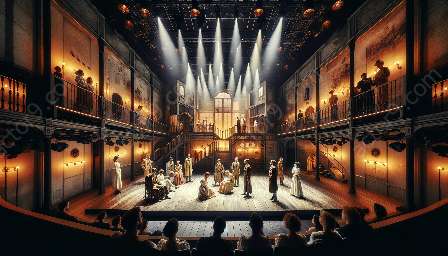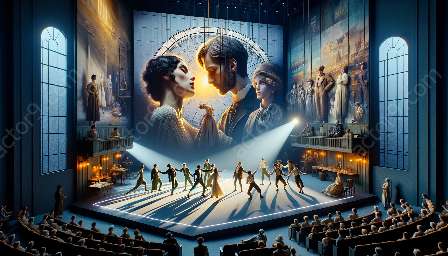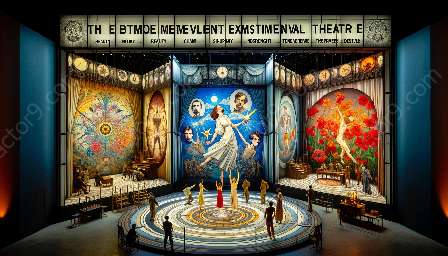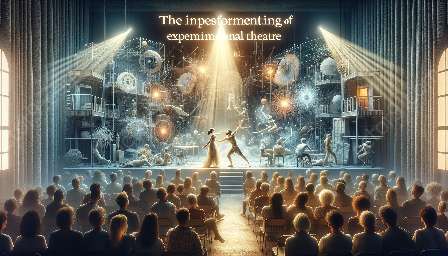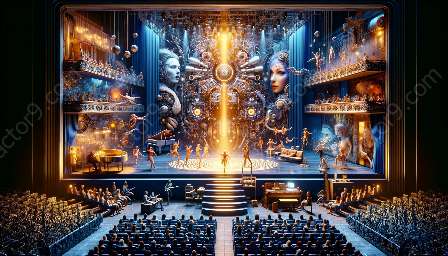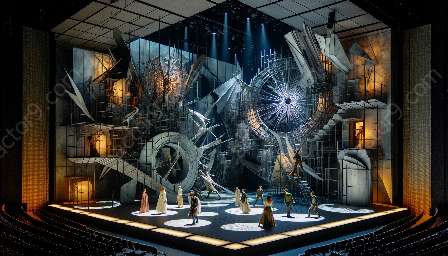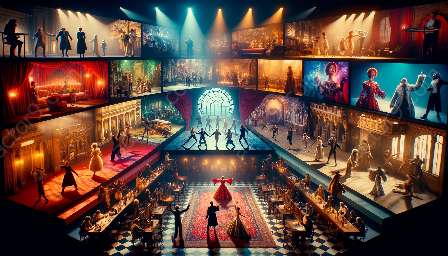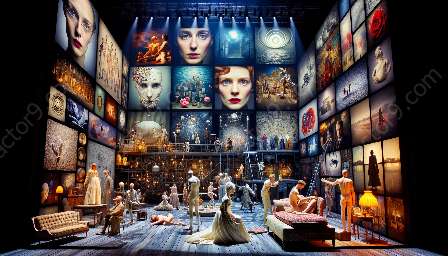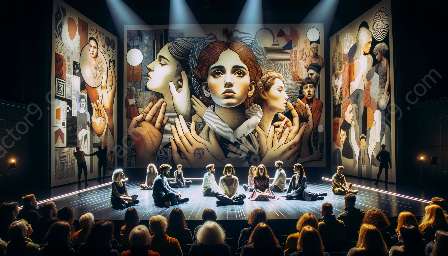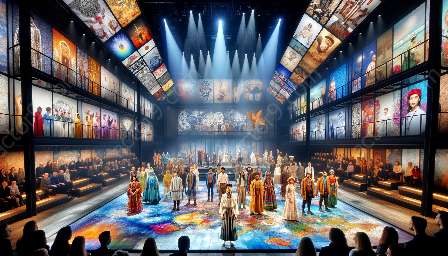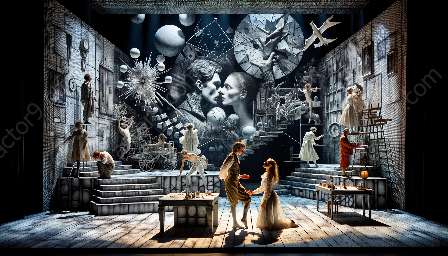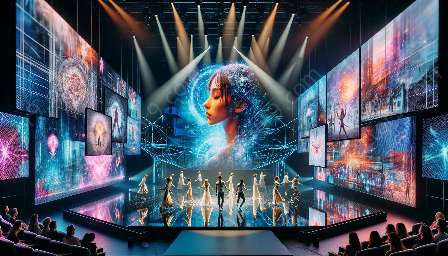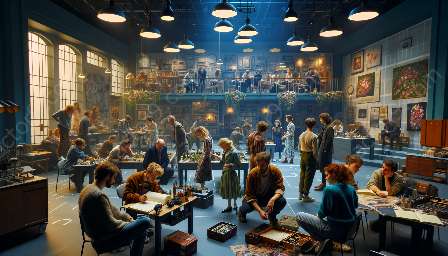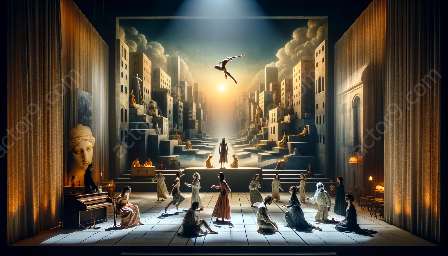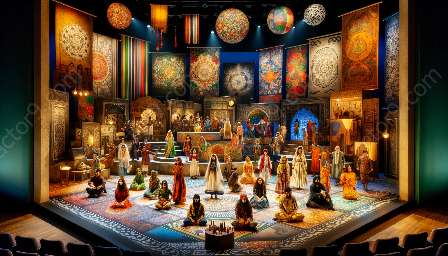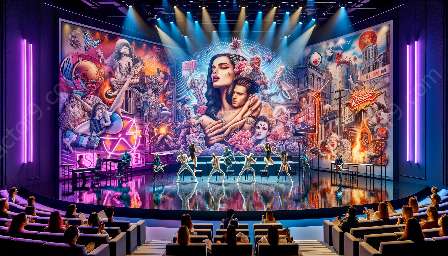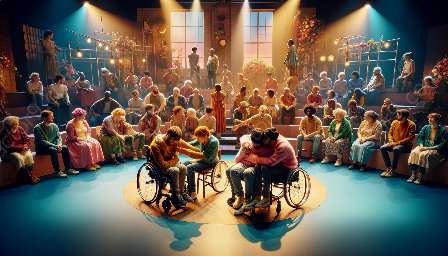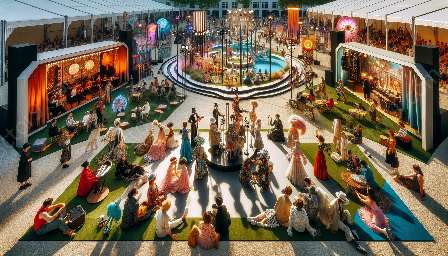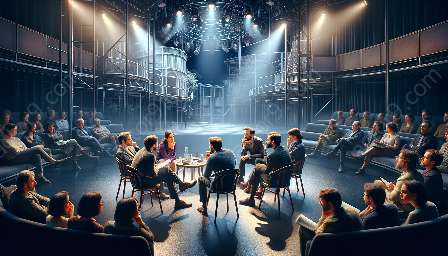Experimental theatre has long been an intriguing and boundary-pushing form of artistic expression, challenging conventional storytelling techniques and opening new avenues for creativity and audience engagement. In this topic cluster, we will delve into how experimental theatre techniques contribute to storytelling, as well as offer a critical and analytical exploration of experimental theatre as a whole.
Understanding Experimental Theatre
Before diving into the relationship between experimental theatre techniques and storytelling, it's essential to grasp the essence of experimental theatre itself. Experimental theatre transcends traditional norms in performance, often disrupting linear narratives and embracing avant-garde forms of expression.
Breaking Conventions
The core of experimental theatre lies in its willingness to break the norms of conventional storytelling. Through unconventional staging, non-linear narratives, and audience interaction, experimental theatre challenges the boundaries of traditional storytelling, prompting viewers to question established norms and engage with the performance on an intellectual and emotional level.
Experimental Theatre Techniques and Storytelling
One of the most fascinating aspects of experimental theatre is its innovative and diverse range of techniques that contribute to storytelling in unique and thought-provoking ways. Let's explore some of the key techniques that play a significant role in enhancing storytelling within the realm of experimental theatre:
Physical Theatre and Movement
Physical theatre is a prominent technique in experimental theatre, emphasizing the use of the body as a storytelling tool. Through expressive movement, performers convey emotions, ideas, and narrative elements, creating a captivating and immersive experience for the audience. The physicality of this technique transcends linguistic barriers, allowing storytelling to unfold in a universal and visceral manner.
Collage and Montage
Experimenting with collage and montage techniques, experimental theatre weaves together fragmented elements of storytelling, creating a multifaceted and non-linear narrative structure. By juxtaposing disparate scenes, images, and sounds, experimental theatre challenges traditional storytelling conventions, inviting the audience to actively piece together the narrative and interpret the story from a non-linear perspective.
Audience Participation and Interaction
Engaging the audience as active participants in the storytelling process is a hallmark of experimental theatre. By breaking the fourth wall and blurring the lines between performer and spectator, experimental theatre fosters a sense of co-creation and shared ownership of the narrative, transforming storytelling into a dynamic and immersive exchange between the performers and audience members.
Critical and Analytical Perspectives
As we explore the impact of experimental theatre techniques on storytelling, it's essential to take a critical and analytical approach to understand the evolution and significance of experimental theatre as a whole. Critical perspectives on experimental theatre encompass a wide range of scholarly observations, artistic critiques, and theoretical frameworks that shed light on the complex interplay between technique, narrative, and audience experience.
Deconstructing Norms
Critical analysis of experimental theatre often involves deconstructing traditional norms in storytelling and performance. By challenging established conventions, critics and scholars can unearth the transformative potential of experimental theatre techniques in redefining the boundaries of storytelling, prompting new forms of artistic expression and audience engagement.
Interdisciplinary Exploration
Experimental theatre's impact extends beyond the realm of traditional theatre studies, inviting interdisciplinary exploration and collaboration. Through the lens of critical analysis, the interdisciplinary influences on experimental theatre can be dissected, revealing the intersections of visual arts, music, technology, and cultural dynamics that enrich and reshape storytelling within the experimental theatre landscape.
The Evolution of Experimental Theatre
By embracing experimental theatre techniques and engaging in critical analysis, we contribute to the ongoing evolution of experimental theatre as a dynamic and transformative art form. Through embracing the unconventional and pushing the boundaries of storytelling, experimental theatre continues to inspire innovation and provoke introspection, captivating audiences and artists alike.

